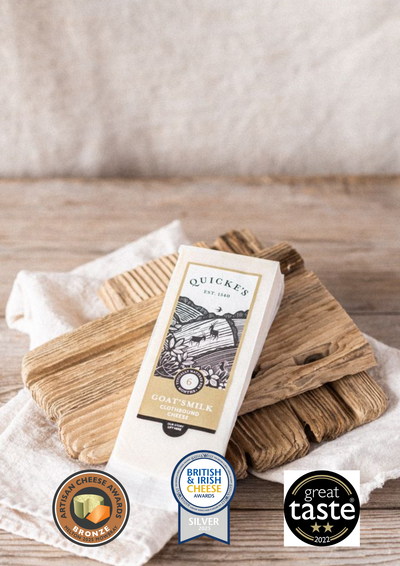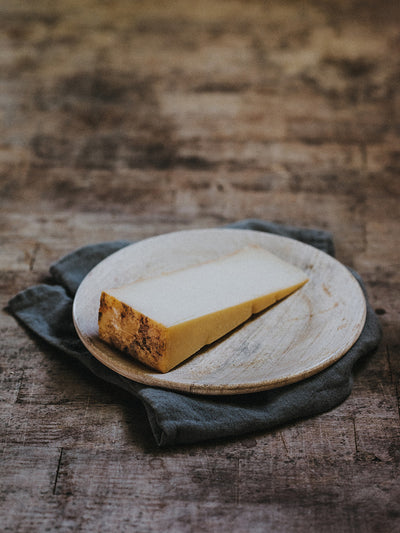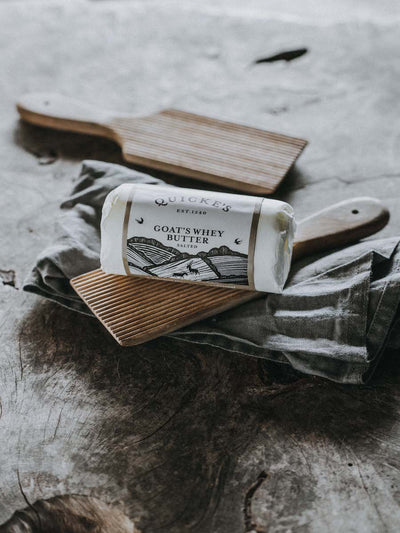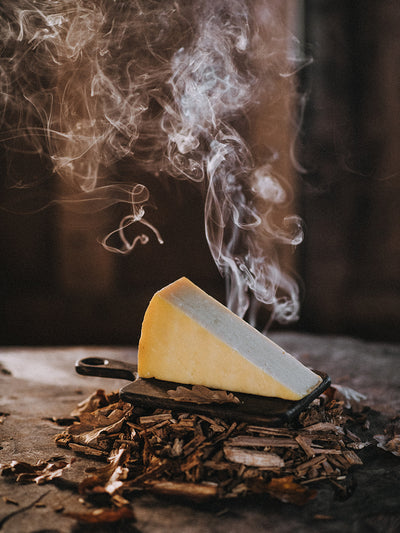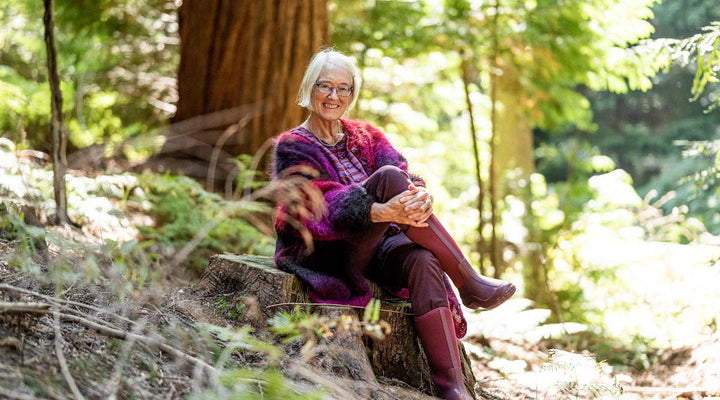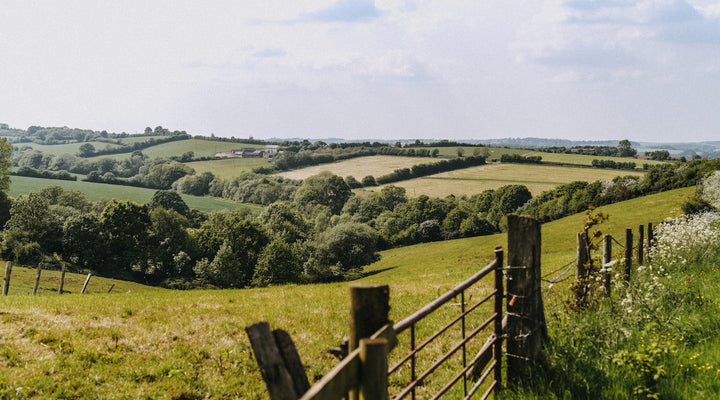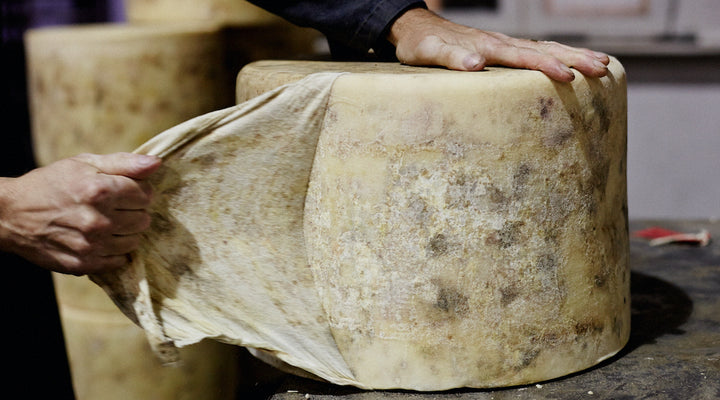NATURE
Winter has so far been colder than last year. We’ve had frost and bright days. It’s lovely to feel the warmth of the sun on your skin, even if you are wrapped up. The natural world seems quiescent, in the cold weather even the birds are muted. And it’s all happening if you sit and watch what is there. Out on a walk, we saw an oak bough completely covered with elegant little bracket fungus, like a sculpture. Then I saw a huge horse mushroom. We have cleared a lot of dying young elms that haven’t made it through their danger time and start falling from the hedgerow. We’ve found an amazing tool the ‘tree shear’ like a big pair of scissors that allows us to restore the hedgerows, those oldest man-made things in the landscape. Some date back five or six or seven hundred years. Walking along a hedge, I was to happy to see an elm tree larger than I’ve seen for many years. Can it have fought off the Dutch Elm disease? I’ll hope so, they were such a feature of our landscape when I was a child.
All the signs of the new season are here: the hazels covered with catkin buds ready to go when the weather. I’ll look out for frogspawn, produced in those amphibious orgies in our ponds. Will this winter be too cold? We have seen it in the last few years.
Lots of aphids feasted on our autumn crops, infecting them with a virus that makes the plants small and yellow (imaginatively named ‘barley yellow dwarf virus’). This weather will knock them out and we will have to see the effect on yield, which can be horrid. Some of our fields have great yellow splashes across them. Crisp and dry will help them.
The little clover plants in the pastures we have reseeded seem to be OK with the weather: if they are too little, the frost snaps their stems and they don’t survive. Even the later seeds we put in seem to be thriving. Lovely to see the mix of plants, with grass and clovers and plantain. It’s a good mix for dairy cows and resilient against drought. The clover is deep rooting, grows well when it’s dry, gives a protein-rich feed for the cows and little bugs that grow in nodules in its roots take nitrogen from the air and turn it into feed for plants. Of course, that is what all plants do: their leaves take the sun’s energy and feeds it through its roots to the teeming life in the soil that in turn nourishes the plant. We have thought of the soil as the stuff the plants stand up in, and now we realise there are these extraordinary interactions that make it all work. That obviously explains why my garden is so productive even though my weeding is so poor… soil doesn’t need a rest from growing plants, it thrives with growing things all year round.
COWS
In January, the animals are almost all off the pastures. The grass is growing very slowly, and hangs wets with roots almost dormant, and the life in the soil slows right down. Animals will pug the tender sward. We do have some heifers calving for the first time this February out on pastures we’ve let grown long and we’ve put some bales for them to eat. The animals will move across the ground quickly to avoid the soil getting damaged, and we will reseed these fields when they have eaten their fill and left their manure. We’ll sow those more diverse swards. The rest of the grass will hold its green leaves and be ready for the spring calving cows when they calve next month. Right now, they are sitting in a comfy barn being waited on hand and hoof.
The autumn cows are now almost all in calf. The yearning to see Mr Bull dies down and they get on with herd life, eating, lying down and chatting to their friends, and a trip to the milking parlour to keep them comfortable.
CHEESE
Last year we made lots of cheese, it was flying off the shelves and we were all really positive about the future. Wind forwards twelve months, and everyone is all feeling a little cautious with all the extraordinary things that have happened. We have a little too much cheese in store. We are making less cheese, and sending our milk off to our local big dairy. Our cheesemakers are packing cheese, caring for maturing cheese, repairing cheese racks and learning how to drive the forklift truck. It’s a difficult time for all the cheesemakers I’ve spoken to, with stores filling up and costs rising. We can’t always mend the big things in the world. Please give yourself the little treats that make life fun, even when crazy things are happening. Everything is better with cheese! And thank you to all our customers who support us so loyally.
LEFTOVER CHRISTMAS CHEESE
I have the remnants of my Christmas cheeseboard in my fridge. I like to wrap cheese in butcher paper (grease proof on one side, shiny on the other), which keeps cheese better than clingfilm. If you keep those wrapped pieces contained in a plastic box in the fridge, they lose less moisture, although they aren’t quite so resilient against mould. Do what the smart deli counters do, and scrape the cut cheese surfaces to keep them in good condition every couple of days. I use a cheese scraper (mine is from Boska) and I cut slivers off all the surfaces to eat and keep the shape of the piece. That way you have the most delicious thin slivers to eat and your cheese piece doesn’t grow mould. If you miss a scrape or two, and your cheese does grow mould, never fear. Cheese is such a perfect food that mould that grows on cheese hasn’t had to work too hard and develop nasties, as it does on bread. Scrape it off. At some point I get left with sad and tired bits of cheese. That is the best opportunity to make an epic mac and cheese, the ultimate comfort food in a crazy world.
RECIPE
Cheese jumble macaroni
Heat your oven to 180oC. Butter a dish, set some water to boil in a pan with a little sea salt. Grate your leftover cheese (the more the better). Make your favourite white sauce: I add mace, bay leaf, a clove or two, and pepper, black and cayenne to the milk for a gentle aromatic hit. Warm to extract the flavour, then fish out the spices. Heat some flour in some butter, and when it’s sizzled a bit, slowly add the milk and whisk till smooth and thick. Put half the grated cheese in, and stir till melted. Boil up the macaroni for as long as it says on the packet to al dente. Drain and add to the dish, and pour the white sauce over. Add the rest of the cheese to the top and some buttered breadcrumbs ( a small bit of stale bread, rub some Quicke’s butter in) if you want crispy bits, and put in the oven to meld, go golden and crisp, about 30 minutes.
And when you need to restock, our letterbox cheeses are little pieces that fit through your door: perfect for a little lift of warming hearty and healthy foods for the long, cold and dark nights.
- Even in the depths of winter, the Quicke's Estate retains it's beauty - especially on bright frosty mornings. We would love to see your winter photos too - whether that's a photo taken on a walk in your local area or in your garden. We will be choosing our favourite image and the winner will receive a Winter Cheese Box.
To be in with a chance of winning get snapping and send your photos to marketing@quickes.co.uk or share on the socials using the hashtag #quickesphoto. The competition closes at midnight on Friday 27th January.

